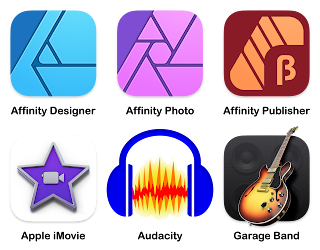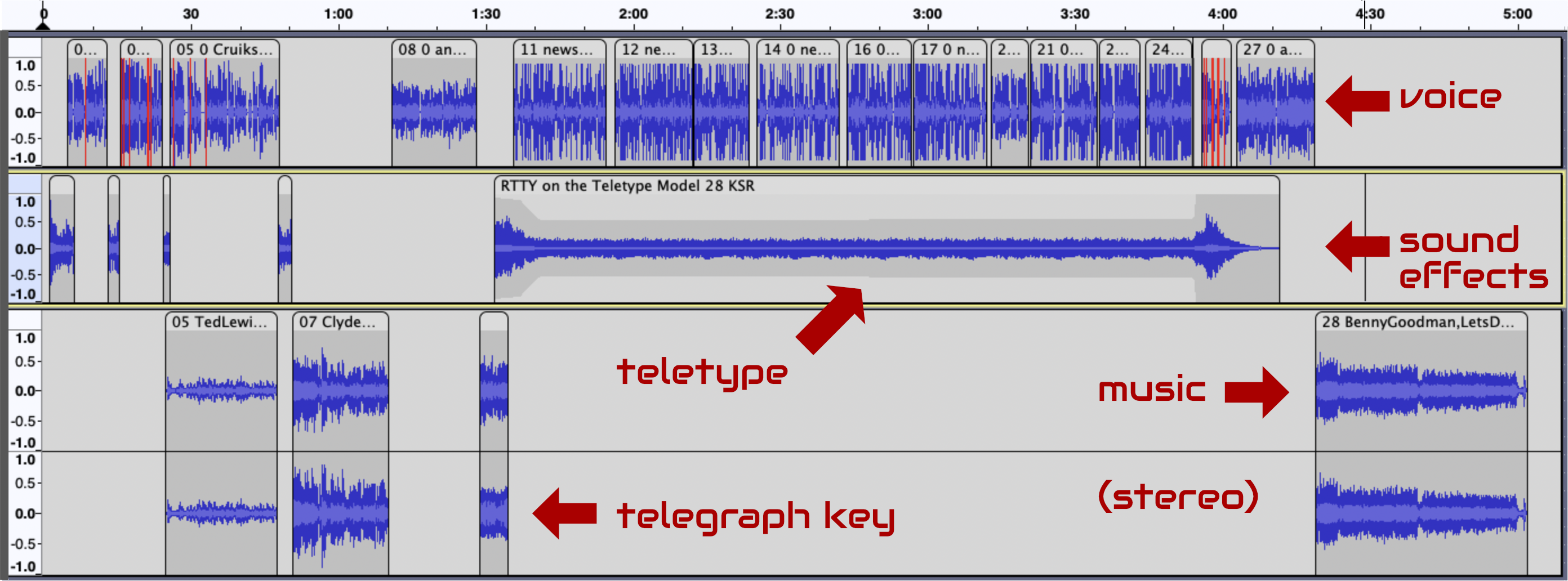0085 00:03:48.800 --> 00:03:51.200
Leigh, let’s wrap our slideshow how-to
discussion talking about closed captions.Leigh, let’s wrap our slideshow how-to
discussion talking about closed captions.0086 00:03:52.000 --> 00:03:53.225
Sure, why not?Sure, why not?
Closed Captioning
We return with the final how-to tutorial of creating a slideshow for Michael Bracken’s Prohibition Peepers. I doubted any of the tens of trailer viewers would rely upon subtitles, but I wished to expand my skills working within a non-critical environment I could share with you. This is largely technical, so feel free to read more interesting essays by my colleagues.
Subtitles include a multiplicity of flavors and formats. They presently have no one standard, nor even a mere two or three. The most common kind is .srt, which stands for SubRip. I chose to work with its close cousin, Web Video Text Track. The .vtt format is newer, more featured, and natively supported by the HTML5 standard. It also uses the decimal point standard found in most English-speaking countries.
Subtitles can be married to videos in three different ways: physically separate files, embedding, and burning. YouTube and smart television programs can work with multiple files, usually bearing the same name but different suffixes:
| ThePrisoner.mp4 | ThePrisoner.srt | ThePrisoner.vtt |
You might also see files for languages and variants, say, British and American English, French and Canadian français, Cuban and Mexican español. File names may be labeled like this:
| ThePrisoner.en-UK.vtt | ThePrisoner.fr-FR.vtt | ThePrisoner.es-CU.vtt |
| ThePrisoner.en-US.vtt | ThePrisoner.fr-CA.vtt | ThePrisoner.es-MX.vtt |
Burning Questions
Once you’ve created a closed caption file, then what? Depending upon your target platform, you may have three choices.
- 1. Associating Files
- If you use a computer to peek closely at a movie DVD or a downloaded smart television movie, you’ll find numerous files. These include the movie itself in one or many segments, perhaps a preview, sound tracks in one or more languages, and closed caption files also in one or more languages. Separate files permit the viewer to adjust synchronization of sight and sound. YouTube also works with multi-file uploads, so I separately uploaded the slide show video and CC files, which YouTube accepted without complaint.
- 2. Embedding
- Still curious, still expanding, I went beyond uploading multiple files to YouTube. I used an embed technique to create standalone videos, i.e, combined video and captions in a single .mp4 file. Videographers can embed subtitles with iMovie, independent apps like Shutter Encoder, or a web site that combines closed caption files with movie files. This results in a nice and convenient single file for viewers.
- 3. Burning
- You may also see mention of ‘burning’, not to be confused with making DVDs. This method permanently overlays video images with text; that is, subtitles become an unalterable part of the picture. Only two advantages come to mind, (a) aiming for older platforms that don’t support closed captions, or (b) control over how subtitles look independent of the player.
Excelling
Throughout the audio/video process, I relied on spreadsheets in several ways. I used Excel for odds and ends like building an authors list, preparing scenes and maintaining the script, but spreadsheets turned out to be a key tool for closed captions.
Although the .srt format is older and therefore more common, the .vtt format has a distinct advantage for North Americans, Britons, Swiss, Asians, and Oceanians. We use a dot ‘.’ as a decimal point and a comma ‘,’ to visually group digits. Most of Europe, Africa, and South America do the opposite.
This quirk arises in subtitle files. A primary difference is .srt uses decimal commas and .vtt uses decimal points. More significantly, the English version of Excel understands the decimal dot, which means it works nicely with .vtt files.
In theory, we could work with a default time format, but a slight modification provides finer time codes. Select Custom from Excel’s number format window and use either of these format codes:
| hh:mm:ss.000 | or | hh:mm:ss.000;@ |
Thus, a one hour, twenty-three and three quarter minute time code might look like:
| 01:23:45.678 |
Nitty-Gritty
Closed caption files are plain text that can be opened in TextEdit, BBedit, WordPad, and so on. For the most part, white space consisting of blanks, tabs, and single lines of code are all treated the same. The following are equivalent:
86
0086 00:03:52.000 --> 00:03:53.225
Sure, why not?00086 00:03:52.000 --> 00:03:53.225 Sure, why not?
Each of these is called a cue. Each cue is separated by a double-spaced blank line. Leading zeroes can be omitted, including the hour:
86 3:52.0 --> 3:53.23 Sure, why not?
Subtitles can be positioned on the screen, and they can be formatted with common HTML codes and CSS. I didn’t have a need for the latter, but I used HTML <i>italics</I> in a few places.
Down and Dirty
Some high-end programs and web sites offer audio-to-text timelines– usually for a fee– to build closed caption files. I wasn’t impressed and since my project was small, I stepped through the video and made notes the old-fashioned way– by hand.
In addition to the formatting above, the rules are straightforward. Obviously, the ending time of a cue must come later than the beginning. Likewise, each start time has to be greater or equal to the start time of the previous cue.
Although rarely used, the rules allow for cues to overlap or persist on-screen. That could be useful when off-screen action can be heard but not seen.
A number of closed caption apps can be found on-line, most still using the .srt format. If you happen to use one of these and want .vtt, you may be able to selectively scan-replace decimal commas with decimal points.
Try to save your captions as a .vtt file, but you may find it safer to save as a .txt file and rename it.
| ThePrisoner.txt | ➨ | ThePrisoner.vtt |
Adding closed captions is easier than it sounds. Consider it for your next video. And be sure to pick up a copy or two of Prohibition Peepers for Christmas.
More information follows.







